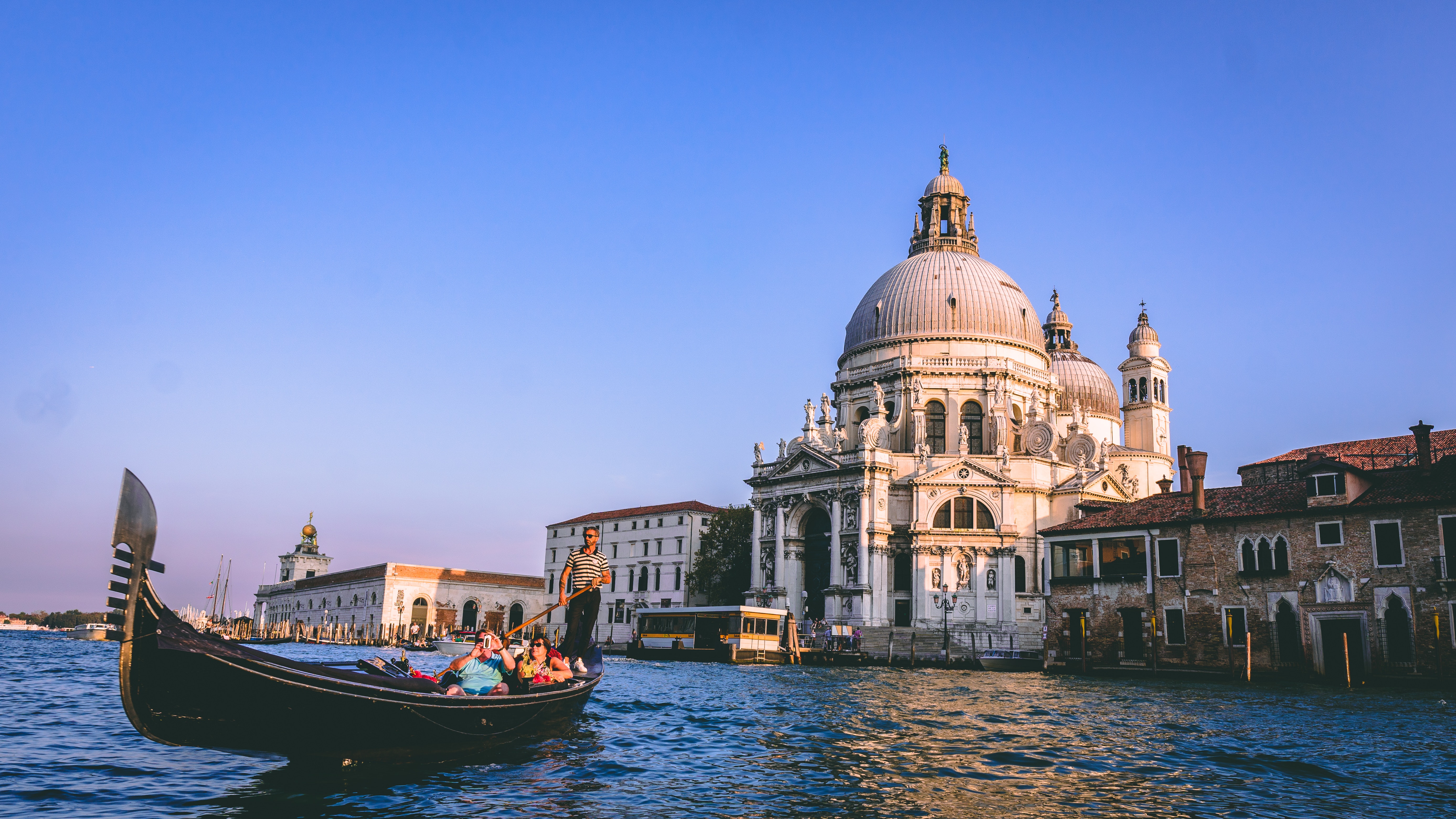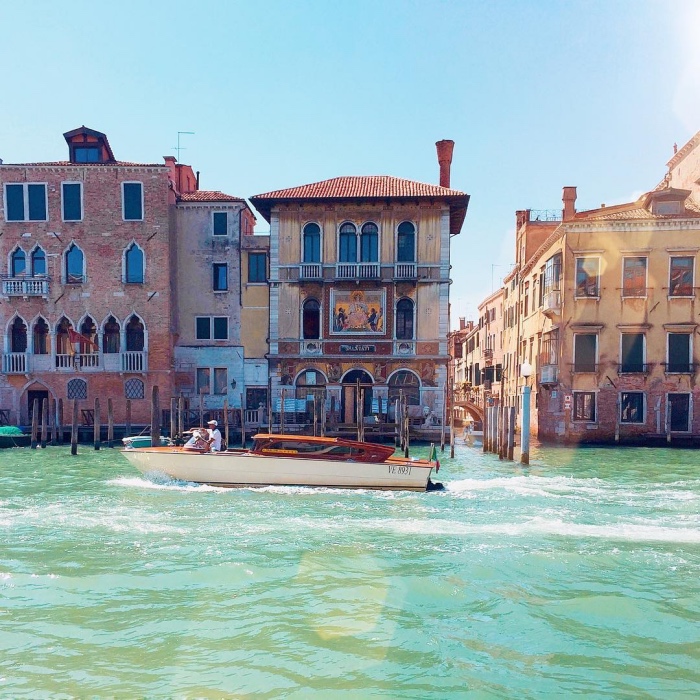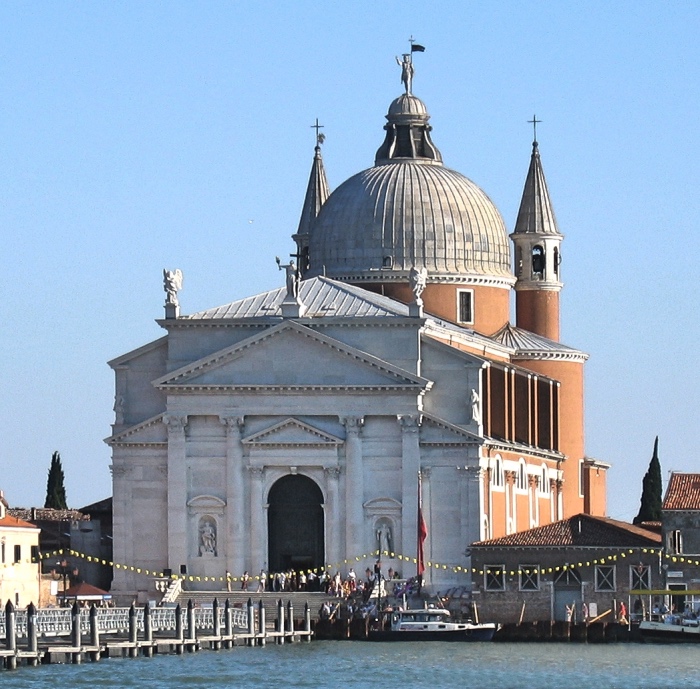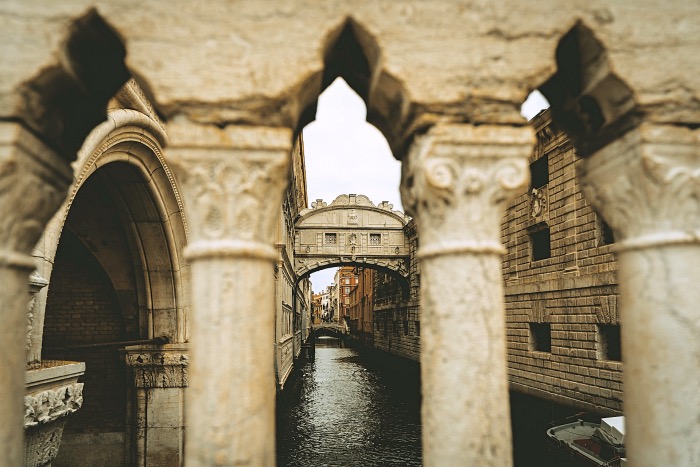
TELL ME WHERE YOU ARE GOING AND I WILL TELL YOU WHAT TO SEE
Romantic and fascinating, Venice is reflected in the water of its canals, duplicating, to our delight, all its beauty. As soon as you arrive in the Venetian city, you immediately realise that the city is an open-air museum. It is difficult to choose what to see in Venice, especially if you do not get help from someone who has already been there and who can advise you on the unmissable places; in short, an expert guide who knows how to guide your steps through museums, palaces and exhibitions.
Precisely for this reason, on this page I have collected for you all the suggestions for exploring every worthy corner of the lagoon city. Here you will find a collection of the museums in Venice that I consider indispensable; some of the most evocative palaces to visit; churches and places of interest that you can’t help but see and – why not – photograph.

Museums to visit in Venice
There are many museums to see in Venice and it is not easy to make a choice, especially if you are short on time. Venice is a magical place for anyone who loves art: from the halls of the Doge’s Palace, where much of the city’s history is concentrated, to the works of art of the Italian and American 20th century housed in the Peggy Guggenheim Collection.
You may be wondering then where to start when visiting the most important museums.
For me, these are the 3 must-see museums to start learning about the city, its history and its masterpieces.
DUCAL PALACE OF VENICE
It may seem trivial to start with the Doge’s Palace in Venice, but this museum is the place to visit at least once in a lifetime, and the reason is simple: because inside its rooms you find the history of the city described by the masterpieces of great artists, such as Titian Vecellio and Tintoretto, to give you a few examples.
To admire its architecture and works, I recommend booking tickets for the Doge’s Palace in advance online, as it is one of the most visited museums in Venice and Italy.
PEGGY GUGGENHEIM COLLECTION
Venice is art at 360 degrees and contemporary art has an important place: it is no coincidence that it hosts the Venice Biennale, the oldest and most famous contemporary art event in the world. This is why the city has always attracted important artists and personalities and in fact it was the last residence of art collector Peggy Guggenheim who, in her house overlooking the Grand Canal, left the most important art collection of the early 20th century. Again, I advise you to buy tickets for the Peggy Guggenheim Collection in advance to avoid a long queue at the entrance.
FORTUNY MUSEUM
If Peggy Guggenheim left Venice a unique collection of works of art, the Spanish artist and designer Mariano Fortuny gave the city and the world a house-museum that was a landmark for fashion, art and style in the early 20th century.
When Mariano Fortuny y Madrazo decided to settle in Venice, he chose Palazzo Pesaro degli Orfei to live and work. Soon the palazzo, which was his home and atelier, became the salon of the Venetian and international cultural elite. Now the Fortuny Museum is among the most fascinating to see in Venice.
These three are the museums that I consider priceless, but of course there are many others of immense value that you might enjoy. Here are a few.
- Gallerie dell’Accademia, one of Italy’s most important collections. It houses iconic works such as Titian’s Pietà and Giorgione’s enigmatic Tempest, as well as a collection of plaster casts by Neoclassical sculptor Antonio Canova.
- Ca’ Rezzonico, the museum of 18th century Venice. Located in a palace that was the residence of a powerful Venetian family, it is situated on the Grand Canal and inside you can visit the Hall of Pastels, the Hall of the Wedding Allegory, the Portego of paintings and the Longhi Hall. Some frescoes by Giambattista Tiepolo can also be admired.
- Ca’ d’Oro, a historic building where the Giorgio Franchetti Gallery is located. It is certainly not among the most visited museums in the city, but authentic masterpieces can be found here, such as Mantegna’s Saint Sebastian, Titian’s Venus at the Mirror and Carpaccio’s The Annunciation.
- Ca’ Pesaro, where you can find works that are part of the Venice International Gallery of Modern Art. Inaugurated in 1902 to provide space for contemporary artists at the Biennale d’Arte, it holds wonders such as Klimt’s Judith II, Sorolla’s Sewing the Sail and Rodin’s The Thinker.
- The Correr Museum is divided into various routes: one, for example, is dedicated to the Canova collection and the other, more recently opened, is designed to show visitors the royal rooms that have welcomed members of the Bonapartes, the Habsburgs and the Savoy dynasty.
- If, on the other hand, you want to understand why glass is so important to Venice, you must go to the Murano Glass Museum, the only place to discover the true history of Venetian glass art.
- Another gem is the Museum of Palazzo Mocenigo. Through the presence of mannequins dressed in period clothing and accessories, belonging to the Centro Studi di Storia del Tessuto e del Costume (Centre for the Study of the History of Fabrics and Costume), the museum creates an atmosphere reminiscent of the life of the Venetian aristocracy between the 17th and 18th centuries. Some rooms are also dedicated to the world of perfumes.

Basilica del Santissimo Redentore, progettata da Andrea Palladio.
Image source: fr.wikipedia.org
Churches and places of worship in Venice
Venice’s sacred buildings are an incalculable cultural heritage: each with its own history, from the most imposing St Mark’s Basilica to treasures such as the Basilica dei Frari.
BASILICA OF SAN MARCO
St Mark’s Basilica can be considered the symbol of Venice. Originally, where we can admire the building today, was the Doge’s private chapel. Later, a large church dedicated to St Mark was erected to preserve the relics of the Saint, stolen in Egypt by some Venetian merchants. A visit to the interior of St Mark’s Basilica is essential to enjoy the precious mosaics it houses and to see the Golden Pall. If you are not afraid of heights, you can also consider climbing the bell tower of the Basilica, from where you have a spectacular view of the city.
THE BASILICA OF SAINT MARY OF HEALTH
The Basilica di Santa Maria della Salute is a 17th century church designed by Baldassarre Longhena, considered a masterpiece of Venetian and Italian Baroque. With its octagonal structure and central dome, it overlooks the Grand Canal and houses works of art by Titian, Bellini and Palma il Giovane, among others.
BASILICA OF THE FARI
A Franciscan church in the heart of the city, the Basilica dei Frari has a structure that is essentially Venetian Gothic in style. Inside there are four works you should see in particular: Titian’s The Assumption and The Madonna of Ca’ Pesaro, Donatello’s St John the Baptist and Giovanni Bellini’s Madonna with Child and Saints.
CHURCH OF SANTA MARIA DEL GIGLIO
Imprinted on canvas by some of the great exponents of Vedutism such as Canaletto and Francesco Guardi, the church of Santa Maria del Giglio is another splendid example of Venetian Baroque. Inside, there is no shortage of gems, such as a Madonna and Child with St. John by Pietro Paolo Rubens or Tintoretto’s Four Evangelists.

Other characteristic places to see in Venice
There are so many sights in Venice that I could list, but here I want to suggest some of the iconic places you cannot skip.
- The Rialto Bridge, painted by so many artists over the centuries, is the place where I love to meet someone when I am in Venice.
- Bridge of Sighs, with its romantic aura and shrouded in history and legends. It was the passage connecting the Doge’s Palace to the Prigioni Nuove.
- Casino Venier, where Venetian nobles used to go to play, argue and have fun.
- Teatro La Fenice, one of Italy’s most prestigious theatres, reopened in 2003 after a serious fire thanks to a lengthy restoration that brought it back to its splendour.
- The canals: much of the city’s charm comes from its unique conformation and location. Why not take advantage of a boat tour in Venice to admire it from the water?
To delve into the history and most secret corners of the Venetian capital, however, the recommendation is to join a guided tour of the city.
Events and Exhibitions in Venice
Venice has a rich programme of art exhibitions throughout the year and it would be impossible to list all the options available.
To stay up-to-date on all current events and exhibitions, I recommend you take a look at the list of 2023 exhibitions in Italy to check what is on offer in the city and beyond.
How to get around Venice
Venice is not a city like any other: you can only get around on foot or by public or private boat. If you arrive in Venice by car, you will have to arrange parking in the only available car parks, at Tronchetto and Piazzale Roma. If you arrive in Venice by plane, on the other hand, you will have to move around the historic centre by bus or by water taxi. Here are some suggestions on how to get around Venice.


Hello, I’m Duda an Italian painter, I have been painting for a short time with great enthusiasm and I would like experts like you give me an evaluation on my works and give me sime stimulus to continue painting and explore new styles with my utmost commitment. Self taught, these are my only first works, performed this year. I’d place my works between the post-war period and the lightheartedness and joie de vivre of the 60s, 70s, 80s, feelings that I whant to transmit through my works, using my color choice I put life and movement in my paintings.
I have never tried to paint before last summer, but being a person of artistic spirit (I play the piano, the guitar, I sing),
I always dreamed of taking a brush in my hands and expressing myself by playing with colors, light, and how can you judge my warm and intense painting. My abstractionism is however almost always attributable to nature, but also waves and still the sense of the wind that loves to mess around and play with everything.
Thank you
Duda